Good communication is something that can be difficult in a remote work environment. Considering convenient ways to communicate that mimic the typical feel of office conversation, is a good first step towards better remote communication.
Typically, there are three different types of communication that happen in the workplace. Asynchronous communication, synchronous communication, and in-person communication. In the office these are natural occurrences, but in a remote environment you need to be more intentional with creating these interactions.
Asynchronous communication is a type of communication that is not synchronized. Rather, this communication is a back and forth exchange that happens in writing such as a chat message or email. One party can send a message at their convenience and the other party can reply at their convenience. Since the recipient of the message can respond at their convenience, this isn’t the best method to use when the conversation or issue is time-sensitive.
Synchronous communication is a synchronized type of communication. For this type of communication, two or more people need to agree to communicate using the same method at the same time. This type of communication happens in a phone call, video calls, etc. When an issue is pressing and time-sensitive, synchronous communication is the best communication method to use.
It’s hard for in-person communication to happen organically in a remote work environment due to the obvious fact that no one is working in the same office. For the remote work environment, in-person communication can be created through organized social events, retreats, or conferences. With the current shutdown that we are in, however, in-person interaction is not advised. The next best thing to in-person communication is face-to-face video calls. Schedule a lot of those and encourage employees to schedule some with each other as well. It’s easier to collaborate and solve problems when face-to-face. In-person communication is also important for continuing to build relationships with colleagues, so it’s good to have a way for employees to continue doing this even when they can’t meet in person.
Tips for Great Communication
Give each method a purpose
Choose just a few methods of communication. Having multiple ways of communicating can become overwhelming. Checking multiple sources for messages is time-consuming, and some communication attempts will most likely go unseen. Instead, choose one or two communication methods for each type of communication (asynchronous and synchronous) that would work best for your work environment.

ITS uses 3CX IP phone software for our communication needs. 3CX can be installed on physical desk phones for in-office use, and can also make remote communication easy. Some employees can work remotely, and some on-site and still be able to achieve seamless communication. ITS uses the 3CX WebClient when working remote. WebClient has chat, meeting, conference, and phone features within one tool. You can also view status of users, and set your own to Available, Away, or Out of Office. With 3CX, ITS can use chat and email for asynchronous communication, and phone and virtual meetings/conferences for synchronous.
Be cautious of tone.
When a large majority of communication happens over email, it can be susceptible to misinterpretation and misunderstanding. Without the normal visual cues like body language and verbal cues like intonation, messages can come across differently than intended. Over-communication can help with this by making a message as clear as possible. Some people also find that inserting emojis help, but that could depend on company’s culture and whether that is seen as unprofessional.
Use calendaring and task management tools
When the team isn’t all in the same location, it can be hard to know when someone is or isn’t available. It can also be hard to know what’s getting done and progress on group projects. This is where sharing calendars and schedules can be helpful. This way you can make sure you’re on the same page as teammates with group projects and not contacting anyone when they are busy with “life things.”
Set up a virtual “water cooler”
When working remotely, the team can miss out on a lot of normal office social activity. When in the office, you have the opportunity to chat about life with others over lunch or as you walk by their desk. This typical office chat builds relationships and bonds between colleagues and is important to creating a fun work-culture. You can mimic this by setting up a virtual “water cooler” for remote staff. On-site staff and remote staff alike would enjoy popping in to the virtual “water cooler” and catching up with and getting to know colleagues. To create this sense of community, the virtual virtual “water cooler” could be a virtual meeting, a group chat, or even a Facebook group.
Acknowledge successes
The feeling of being disconnected is popular for remote workers. Some may feel as though their work goes unacknowledged. This can be prevented by taking time to celebrate successes whether they are large or small. If a group finished a long project, take the time to congratulate them by sending a quick chat message or email. Or if someone has a big change in their personal life, take a moment to ask them about it. Any engagement with remote staff will change their outlook and satisfaction in their job, and energize them to continue doing a great job.
